Six Sigma
Six Sigma is the process of improving the quality of the output by identifying and eliminating the cause of defects and reduce variability in manufacturing and business processes. The maturity of a manufacturing process can be defined by a sigma rating indicating its percentage of defect-free products it creates. A six sigma method is one in which 99.99966% of all the opportunities to produce some features of a component are statistically expected to be free of defects (3.4 defective features per million opportunities).
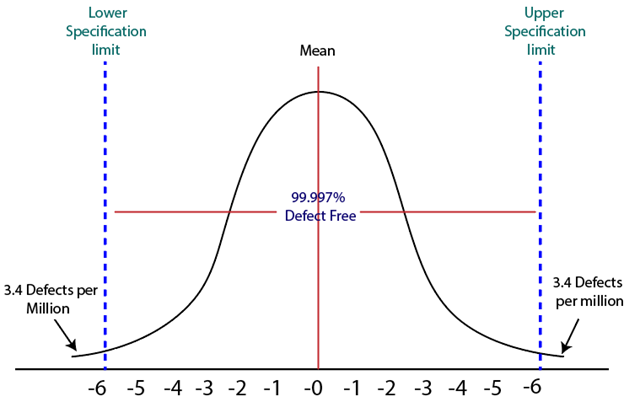
History of Six Sigma
Six-Sigma is a set of methods and tools for process improvement. It was introduced by Engineer Sir Bill Smith while working at Motorola in 1986. In the 1980s, Motorola was developing Quasar televisions which were famous, but the time there was lots of defects which came up on that due to picture quality and sound variations.
By using the same raw material, machinery and workforce a Japanese form took over Quasar television production, and within a few months, they produce Quasar TV's sets which have fewer errors. This was obtained by improving management techniques.
Six Sigma was adopted by Bob Galvin, the CEO of Motorola in 1986 and registered as a Motorola Trademark on December 28, 1993, then it became a quality leader.
Characteristics of Six Sigma
The Characteristics of Six Sigma are as follows:
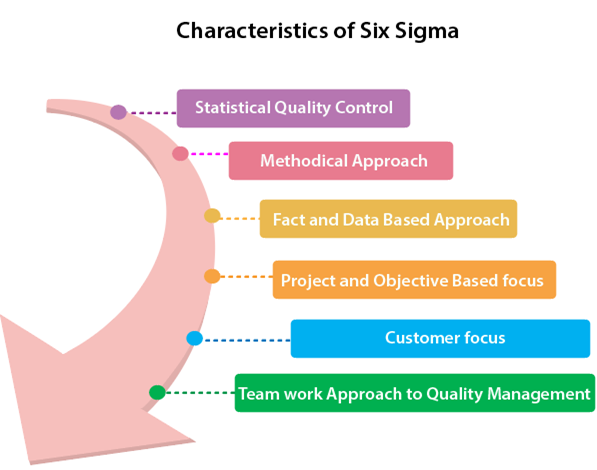
- Statistical Quality Control: Six Sigma is derived from the Greek Letter σ (Sigma) from the Greek alphabet, which is used to denote Standard Deviation in statistics. Standard Deviation is used to measure variance, which is an essential tool for measuring non-conformance as far as the quality of output is concerned.
- Methodical Approach: The Six Sigma is not a merely quality improvement strategy in theory, as it features a well defined systematic approach of application in DMAIC and DMADV which can be used to improve the quality of production. DMAIC is an acronym for Design-Measure- Analyze-Improve-Control. The alternative method DMADV stands for Design-Measure- Analyze-Design-Verify.
- Fact and Data-Based Approach: The statistical and methodical aspect of Six Sigma shows the scientific basis of the technique. This accentuates essential elements of the Six Sigma that is a fact and data-based.
- Project and Objective-Based Focus: The Six Sigma process is implemented for an organization's project tailored to its specification and requirements. The process is flexed to suits the requirements and conditions in which the projects are operating to get the best results.
- Customer Focus: The customer focus is fundamental to the Six Sigma approach. The quality improvement and control standards are based on specific customer requirements.
- Teamwork Approach to Quality Management: The Six Sigma process requires organizations to get organized when it comes to controlling and improving quality. Six Sigma involving a lot of training depending on the role of an individual in the Quality Management team.
Six Sigma Methodologies
Six Sigma projects follow two project methodologies:
- DMAIC
- DMADV
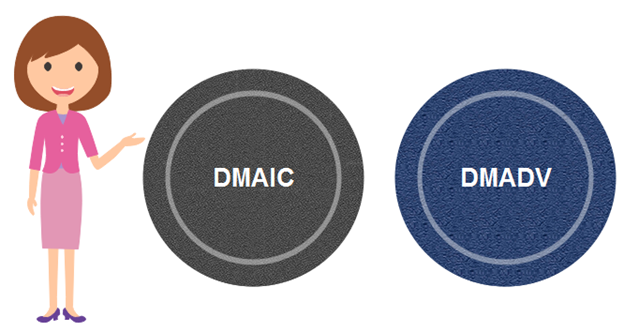
DMAIC
It specifies a data-driven quality strategy for improving processes. This methodology is used to enhance an existing business process.
The DMAIC project methodology has five phases:
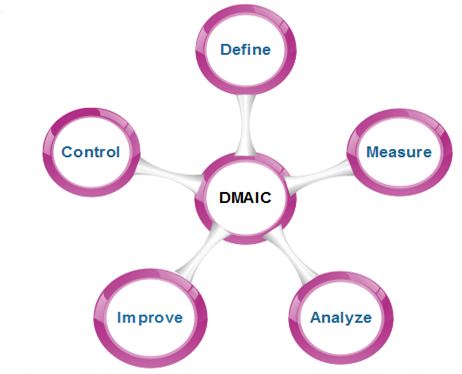
- Define: It covers the process mapping and flow-charting, project charter development, problem-solving tools, and so-called 7-M tools.
- Measure: It includes the principles of measurement, continuous and discrete data, and scales of measurement, an overview of the principle of variations and repeatability and reproducibility (RR) studies for continuous and discrete data.
- Analyze: It covers establishing a process baseline, how to determine process improvement goals, knowledge discovery, including descriptive and exploratory data analysis and data mining tools, the basic principle of Statistical Process Control (SPC), specialized control charts, process capability analysis, correlation and regression analysis, analysis of categorical data, and non-parametric statistical methods.
- Improve: It covers project management, risk assessment, process simulation, and design of experiments (DOE), robust design concepts, and process optimization.
- Control: It covers process control planning, using SPC for operational control and PRE-Control.
DMADV
It specifies a data-driven quality strategy for designing products and processes. This method is used to create new product designs or process designs in such a way that it results in a more predictable, mature, and detect free performance.
The DMADV project methodology has five phases:
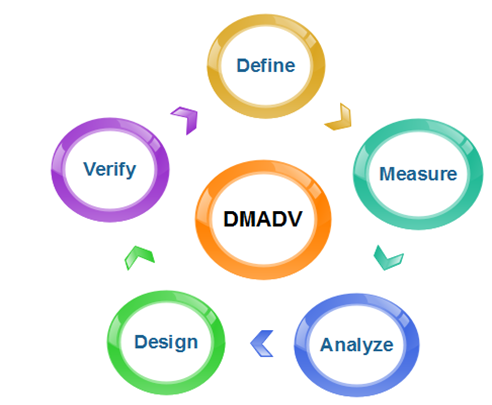
- Define: It defines the problem or project goal that needs to be addressed.
- Measure: It measures and determines the customer's needs and specifications.
- Analyze: It analyzes the process to meet customer needs.
- Design: It can design a process that will meet customer needs.
- Verify: It can verify the design performance and ability to meet customer needs.
|





 For Videos Join Our Youtube Channel: Join Now
For Videos Join Our Youtube Channel: Join Now










